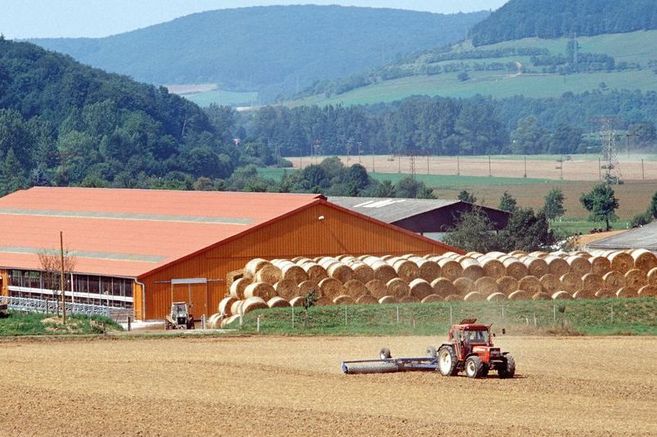The US are a major beef producer and exporter and has an interest in exporting beef meat to the EU due to the higher beef price. But the existing import tariff of approximately 60 percent, as well as sanitary trade restrictions, mean limitations of beef imports from both North American countries to the EU. Under a TTIP agreement the tariff-rate could be substantially reduced.
In our study we assume that beef imported from the US will continue to be produced without the use of growth promoters (hormones, beta-agonists) when entering the European market. Consequently, we calculated the cost-effect that the withdrawal of growth promoters had on a US-feedlot with an annual production of 75,000 cattle. Cattle produced without growth promoters show lower feed intake, worse feed conversion rates, lower daily weight gains and lower carcass yields. As a consequence, cost of production increase by approximately 10 percent. Further, there are transport costs from the US to the EU. Figure 1 shows the results of the calculations for the year 2012. Taking the above mentioned cost changes into account, the US-costs are close or above the price levels of most US-farms analysed. That is, there should be relatively little incentive to export beef to the US.
Thus, our study comes to the conclusion that the total impact of an FTA on beef production in the EU appears rather limited. This view is supported by calculations of the Thünen Institute of Market Analysis using the global trade model GTAP: the results show a very limited increase of US beef imports into the EU and a decrease of merely 0.5 percent in German beef production (Pelikan and Banse 2012).
Results of the study were published in the Newsletter of the IMS (International Meat Secretariat) as well as in the German and English issues of the 'Fleischwirtschaft' (both issue 3, 2014). The full version of the study can be downloaded from the agri benchmark website.









